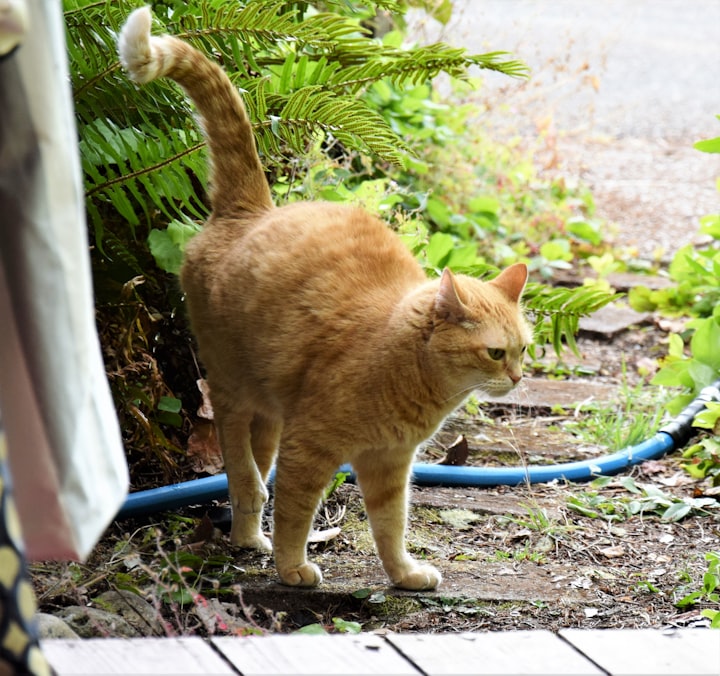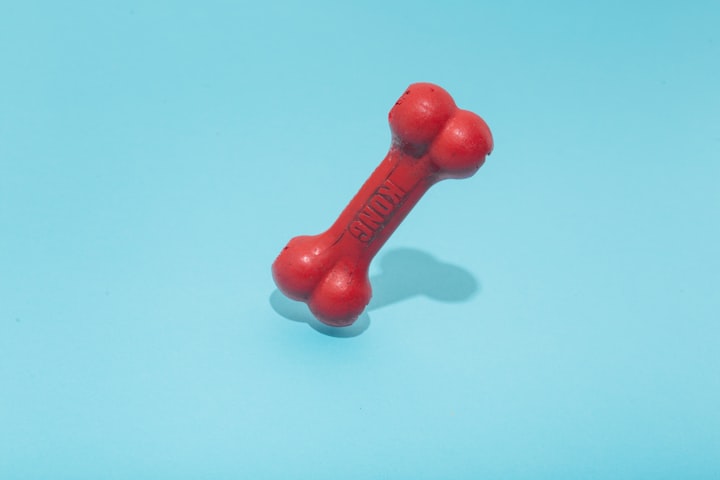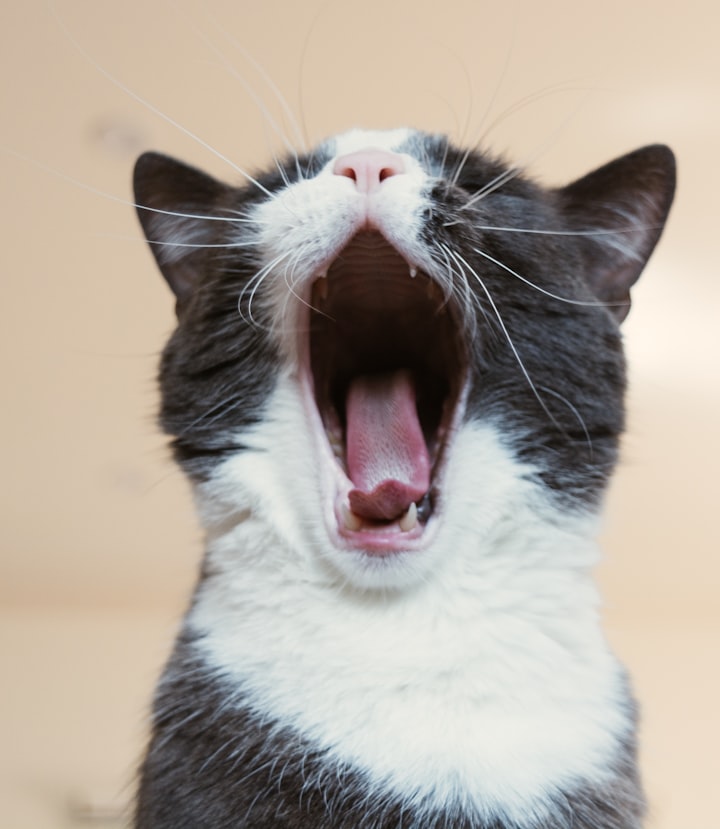Understanding cat behaviour
Decoding feline behavior

Felines, similar to people, uncover their internal states through their non-verbal communication. At tuft + paw, we invest a lot of energy exploring felines to plan our feline furnishings. We have both a feline behaviorist and a veterinarian in our group, so we have a great deal of understanding into why felines act a specific way.
For this aide, we plunked down with Cat Conduct Master Marci Koski to sort out precisely how to differentiate between a feline that is restless, unfortunate, or furious and one that is cordial and agreeable. We'll likewise share a few fun stories that will assist you with seeing some normal feline non-verbal communication characteristics.
The most important phase in perusing a feline's non-verbal communication is figuring out the specific circumstance.
There are numerous actual prompts of a feline's state of mind, however their significance can shift contingent upon the unique situation. For instance, one of the most dependable indications of a sure feline is a tail that is lifted upward, up high. More often than not, this tail position shows that the feline feels good and open to connection. In any case, in specific settings - like warding an off a weird feline in his own area - a high tail can likewise show a readiness to assault.
The high tail can address a certain feline or a possibly forceful feline relying upon the situation.
Thus, with regards to perusing feline non-verbal communication, the key is to focus not exclusively to actual signals, yet in addition the circumstance in which they happen, which is the methodology we'll be continuing in this aide.
While considering setting, it means a lot to attempt to see things according to your feline's viewpoint. Individuals frequently approach felines with sincere goals, get scratched or nibbled, and afterward fault the feline for being mean-tempered. What's missing is an appraisal of how the feline could have seen the signal.
One ought to constantly consider whether the circumstance has a solid sense of reassurance for the feline or may be causing them dread or nervousness. A dull, bound climate that a feline can only with significant effort escape from produces more pressure than a completely open agreeable room where environmental elements should be visible, which is the reason felines typically love loosening up on high open roosts. To this end litter box area is so significant.
A quality feline pinnacle is an incredible method for giving a multi-reason space to your feline to notice, unwind, play, and pull out while they're feeling overpowered. On the off chance that the feline knows all about everybody in the climate and furthermore has an individual spot they realize they can withdraw to, a feline will probably feel more secure and you can expect more solace.
On the other side, while going with a feline you can most likely accept at least for now that they're somewhat worried. In these circumstances, it's critical to pick the right feline transporter that will restrict clamor and visual feeling, yet have sufficient lattice to give some light and ventilation.
While checking a feline's state of mind, take in the higher perspective first. Every single tactile information - sights, sounds, smells - ought to be considered to give the most dependable thought of how a feline could feel. Assuming that you're as yet uncertain, you can focus on individual parts of the feline's non-verbal communication and set up the parts of sort out what your feline may feel.
With practically no further ado, we should check out at the main part of a feline's non-verbal communication: act.
Pose/Body Position: Open or Shut?
It's memorable's useful that as creatures, felines advanced as the two hunters and prey. At the point when felines experience compromising conditions, they feel like prey and become frightened. When terrified, felines are probably going to attempt to safeguard their body however much as could reasonably be expected by scrunching up into a little, less uncovered shape. A strained, ball-like stance can likewise be an indication that your feline is in torment.
At the point when a feline loosens up, they're willfully uncovering themselves - this shows that they don't feel compromised. Then again, a ball-molded feline is typically not feeling open to progresses. A feline that is feeling restless or stressed could likewise hunker down, low to the ground. In the event that they pause and freeze when they see you, you should rest assured they're not feeling good.
Tip: On the off chance that you notice your feline is as often as possible accepting shut stances (for example at the point when outsiders come over) yet doesn't have a spot they can withdraw to that actually permits them to see the room, consider adding some high roosts in your home. We've previously referenced feline trees, however another incredible choice is a window lounger or wall-mounted rack.
There's a major contrast, be that as it may, between a feline loosening up in unwinding and a feline making itself greater as a type of guard. At the point when a feline is unfortunate or irate with the end result of being willing to battle, they'll frequently make themselves as large as conceivable in different ways. An exemplary model is the point at which a feline returns its as far as possible up and remains sideways to the danger - a feline with their back curved in this position is letting you know they're scared.
At the point when a feline's back is curved, their hair frequently stands up as well. (The expression for hair standing up in this manner is piloerection.) The two ways of behaving make the feline look greater and seriously scary. A feline displaying these ways of behaving may be prepared to hold fast and battle.
Body direction additionally critical to consider. Felines figure their expectations and next moves by pointing their body in where they are probably going to head. On the off chance that a feline is remaining sideways to you, they may be feeling timid and taking into account escape. With a sideways body position, the feline enjoys the benefit of having the option to take off quick in the event that a pursuit happens. The squatted down body position empowers the feline to spring off and begin running rapidly, would it be advisable for them they want to.
In the event that a feline is directing their body and go to you, they might be keen on you and responsive to your advances. A feline who faces from you may not really be uninvolved, be that as it may - their letting their watchman down around you can likewise flag solace and able to be contacted - so figure out the unique situation.
A Feline On Its Back - a.k.a. "the Venus Feline Snare"
Keep in mind, no single sign or mark of non-verbal communication is ensured, so alert while connecting with felines is typically the smartest strategy. For evidence of this, you can ask anybody that is at any point been a casualty of the Venus Feline Snare. Many individuals, after they discover that a feline uncovering itself feels good, may see a feline with its stomach up and imagine that it's protected to rub or pet the feline's gut. The uncovered stomach is an indication of solace and trust, however it isn't really a greeting for a gut rub. Many individuals have contacted a feline's stomach just to have its proprietor immediately seize-up, hooking onto their hand with paws and teeth.
The Venus Feline Snare can be kept away from with a consideration and aversion to setting. In one setting, a feline laying on its back and uncovering its gut is communicating unwinding, trust, and security. In an alternate setting, the feline is demonstrating that it's prepared to fend off an attacker, since this position considers the hooks to be prepared and protectively powerful.
Dylan frequently seems loose with his stomach uncovered, yet don't be tricked! In the event that you go to pet his stomach, you'll turn into his prey rapidly. Kip Feline Pad by tuft + paw -
The more you are familiar a feline's character, the more you can grasp their point of view, thus the setting of the circumstance. Knowing the various inclinations of Dylan and Benny, for instance, will assist you with staying away from the Venus Feline Snare.
The Tail: A Gauge of Certainty
A feline's tail is perhaps the earliest spot to search for indications of their mind-set. As referenced before, a high, vertical tail demonstrates a feline that is feeling certain, great, cheerful, and cordial, and a low tail shows a feline that is feeling unfortunate or restless.
It's useful to contemplate the shape a feline is making and the way that it connects with the general circumstance. An extremely unfortunate feline could hold its tail down, yet fold it between its legs; this is finished to introduce an objective that is basically as little as conceivable to aggressors. Furthermore, a high, puffed-out tail could demonstrate a feline attempting to make itself greater to scare likely enemies.





Comments
There are no comments for this story
Be the first to respond and start the conversation.